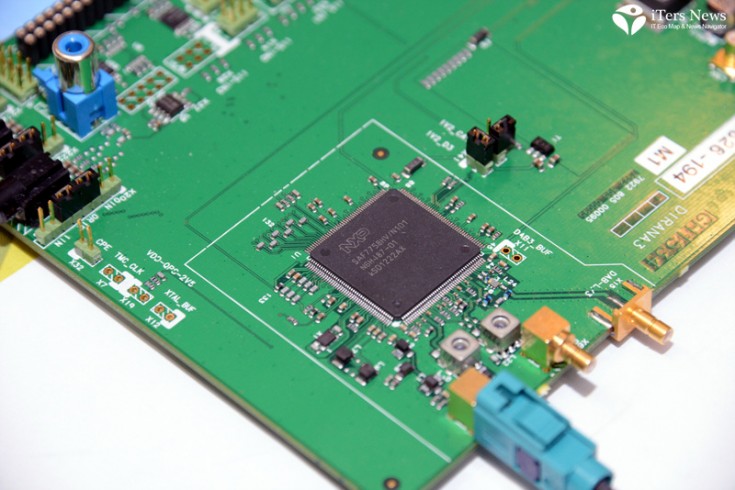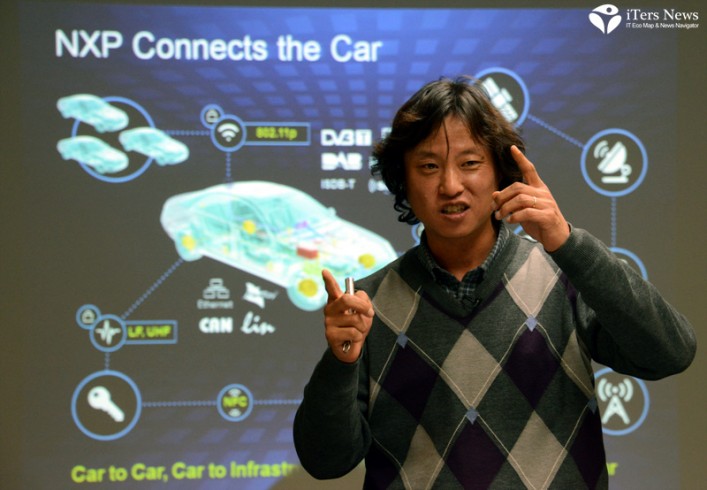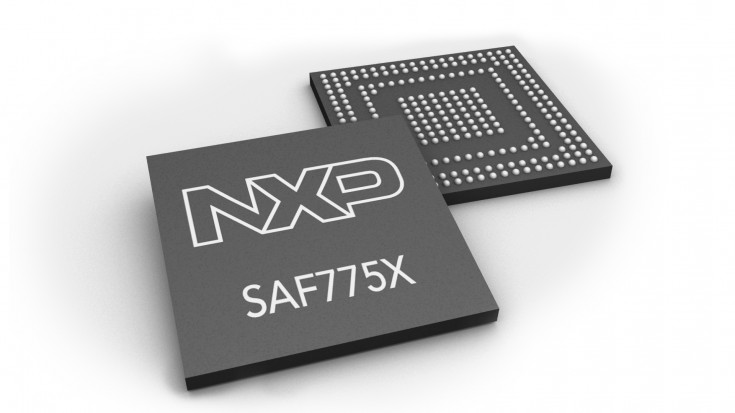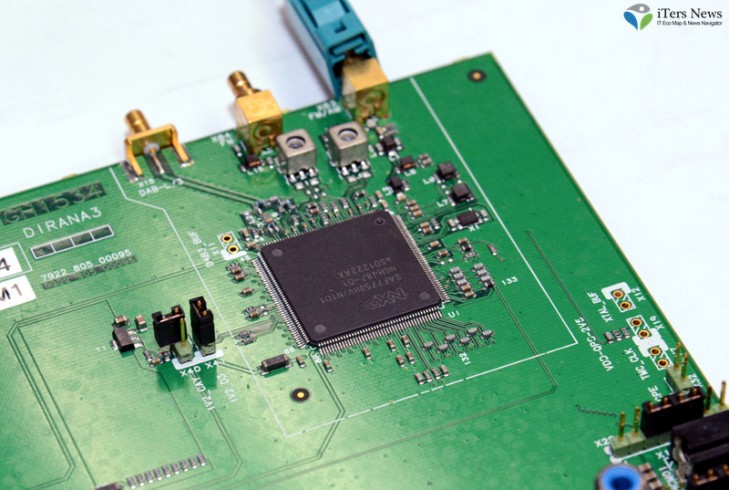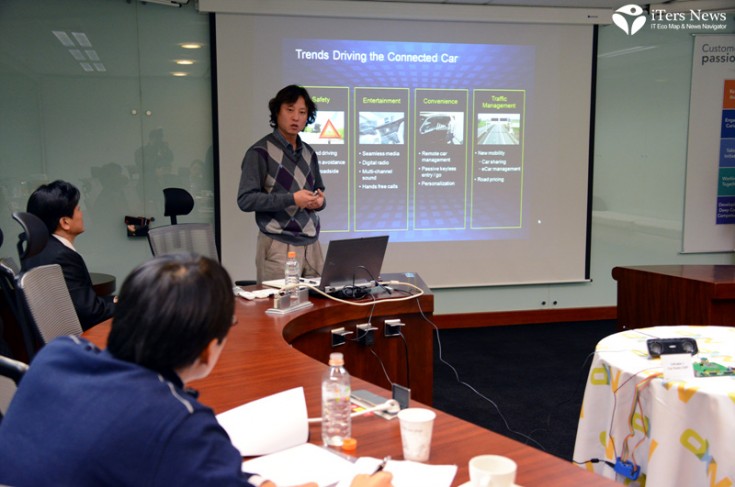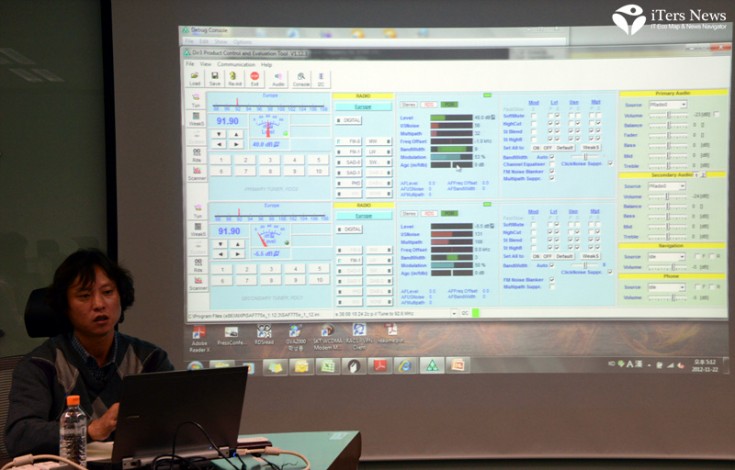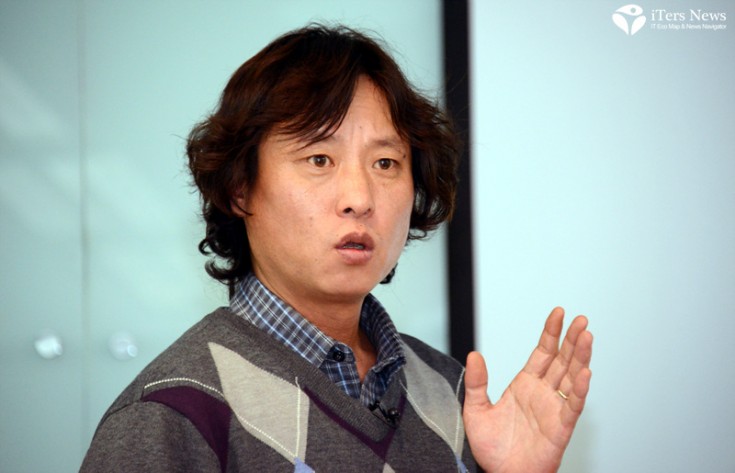NXP tapes out a multi-tuner, programmable car audio radio SOC
(iTers News) – More and more car audio radio systems are going digital, presenting opportunities as well as challenges for chip makers.
The rapid shift in radio technology from analog to digital will drive up new market demand. At the same time, however, chip makers are confronted with a daunting technology challenge of how to accommodate evolving digital car audio radio standards of different physical radio layers like DAB of EU and DRM of India and Russia.
To tackle this challenge, NXP Semiconductors NV recently taped out a highly integrated car radio and audio SOC solution code-named as Dirana 3 - a 3rd generation car radio and audio tuner chip- in what the chip maker is the industry’s first single-chip multi-tuner RFCMOS IC with embedded AM, FM, and DAB tuners.
Built with three radio tuner standards, ARM Cortex-M0 embedded core, two DSP, or digital signal processor blocks for audio and radio processing at its core, the multi-tuner single chip is a middle-of the-road chip solution on its on-going development roadmap to a next generation Saturn software-defined radio tuner.
“The digitization of digital car audio radio systems is an irreversible trend. But, there are a mushroom of different digital audio radio standards springing up, including HD5 of the U.S., DRM of Russia and India, and DAB of Europe. Current radio tuner chip architecture alone can not afford to accommodate all these different standards in a single chip,” said W.S Choi, automotive application manager with NXP.
“If the Saturn software-defined radio tuner chip comes onto line, it will enable car audio module makers to program their car audio radio software algorithm at the final stage to fine-tune radio turners to local standards of the region where their systems and cars are supposed to be shipped. Otherwise, you have to have a DRM module for India and Russia, or DAB for EU. The Dirana 3 and Saturn will be a good configuration of for the next generation of car audio system,” stressed he.
DAB, or digital audio broadcasting is a digital radio technology standard of the European countries for broadcasting radio stations, including the U.K., Germany and France. DRM or digital radio mondiale is a digital version of AM radio, which Russia and India set a standard for a next generation of digital audio radio technology
Numbered as SAF775x, the Dirana 3 is also designed to offer better radio signal reception and immersive sound experiences for car audiophiles, targeting upscale car audio systems in a luxury high-end car.
A deep look into the innards of the multi-tuner SOC solution shows that the Dirana 3 SOC incorporates three radio tuners – AM/FM and FM or DAB tuner on option. The AM/FM tuner is a host turner to support HD5 of the U.S. and DRM of India. The slave FM, or DAB tuner can work as FM tuner, or DAB tuner, depending on car drivers’ choices.
By cramming three tuner circuitries into one single chip, which used to be mounted on a circuit board as three discrete tuner chips in the 2nd generation Dirana SOC tuner chip, NXP can allow module makers to dramatically shrink down the board size.
The multi-tuner chip has also two DSP circuit blocks to process radio and audio signals on DSP domains. The DSP block for radio processing is built with three E7a DSP cores.
Compared with the Dirana 2 chip, each of the E7a cores process 1.5 times more radio millions of instruction sets per second, or MIPS, -powerful enough computing power to process an enhanced radio reception software algorithm.
E7a cores are a variation of its proprietary EPICS DSP core.
What makes the Dirana chip stand out from competition is its programmability, which which enables customers to program their own sound effect features, or to run those of third-party software vendors. This gives car radio manufacturers the choice and flexibility to differentiate their car infotainment solutions without resorting to expensive external ICs.
For example, NXP incorporates two E7a DSP cores and one open source HiFi 2 audio core from Tensilica, Inc of the U.S. in the audio DSP block circuitry.
The open HiFi 2 audio DSP core is built in to make up for the disadvantage of E7a core, which is short on program RAM.
While its E7a core has a limited program RAM resources for software coding, Tensilica’s HiFi 2 audio DSP core can allow audio module makers to code large files of any sound effect software algorithms available on its in-built spacious RAM, or ROM.
“Some module makers want to program a noise control sound effect, while others want to modify or strengthen engine sound effects in electric vehicles for blind persons. Tensilica’s open DSP core will allow our customers to program any types of sound effect algorithms, “ said Choi.
NXP designed the Dirana 3 tuner SOC around ARM Cortex-M0 embedded control processor to have it control all operations of the chip like background RDS and API. It has also a built-in audio AD or analog-to-digital converter and audio DA, digital-to-analog converter. Other peripheral include extended digital interface.
Samples of the chip are now available. The roll-out of and design-in of the Dirana SOC is scheduled for late 2014 or early 2015. The chip was fabricated with TSMC’s 65nm RF CMOS process technology.
(Photos /S.J. Yoo , Marketing & Communications Manager, NXP Korea Semiconductors Korea LTD)
(Photos /S.S.Park , Automotive / Sales Director, NXP Korea Semiconductors Korea LTD)
(Photos /W.S. Choi / Automotive Application Manager, NXP Korea Semiconductors Korea LTD)
Viedos and Photos by JH BAE
